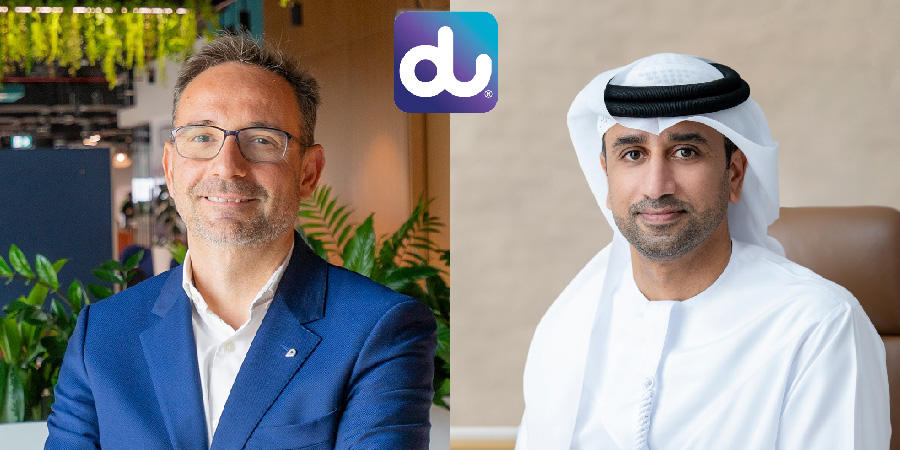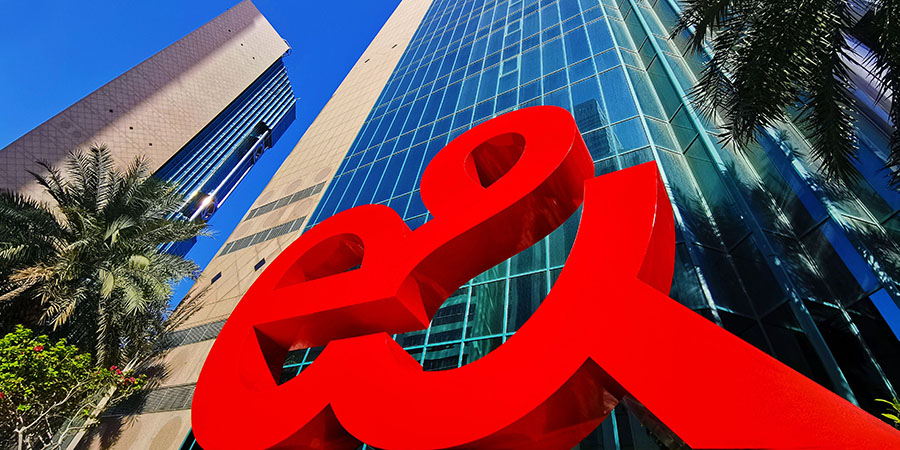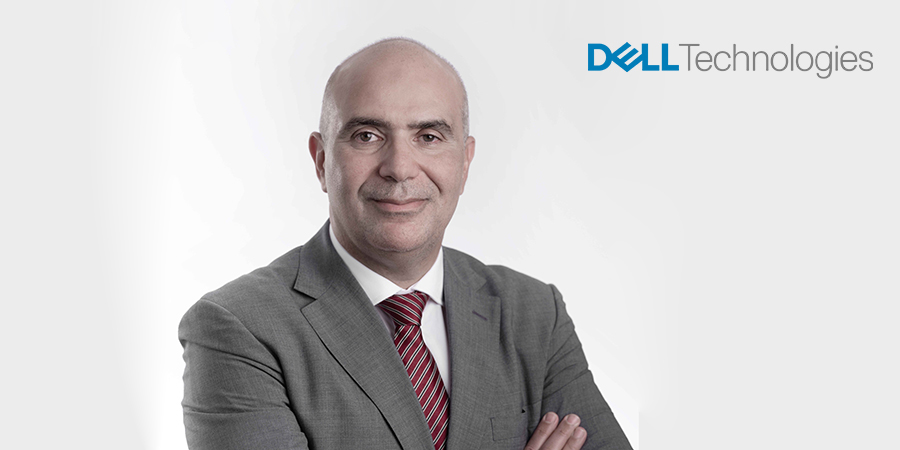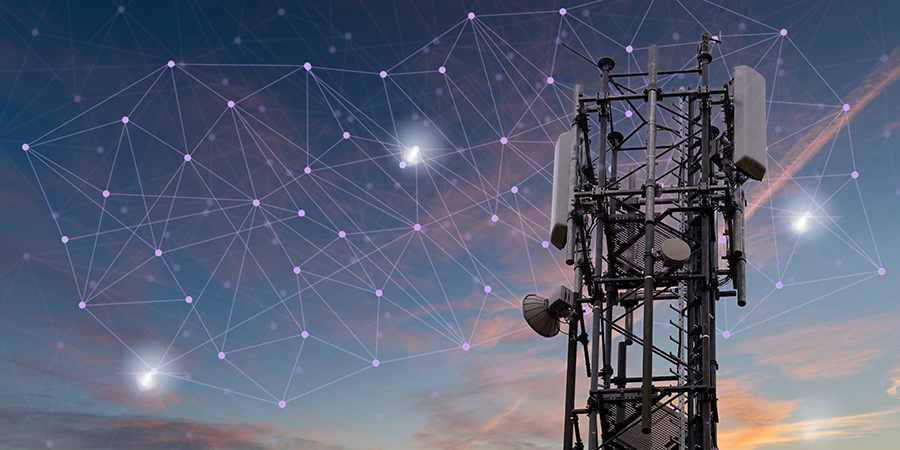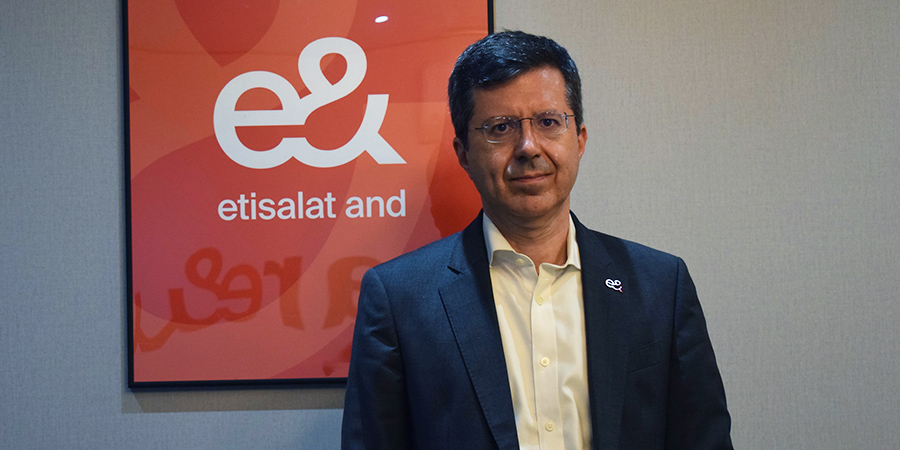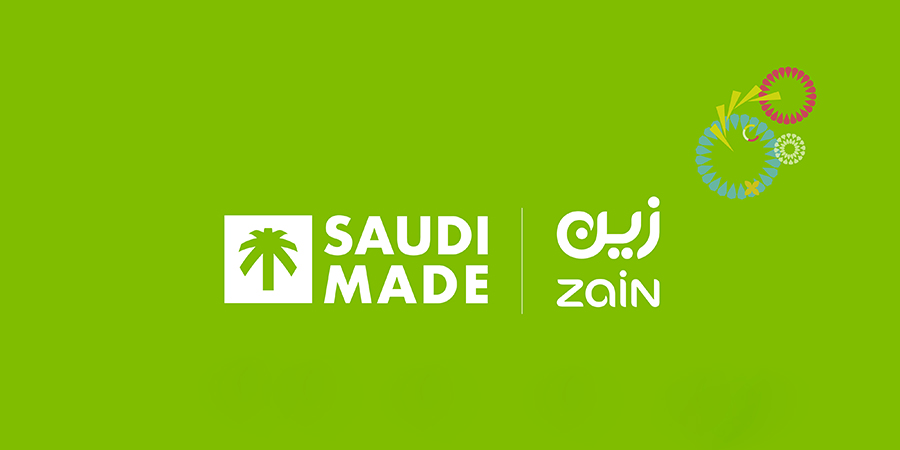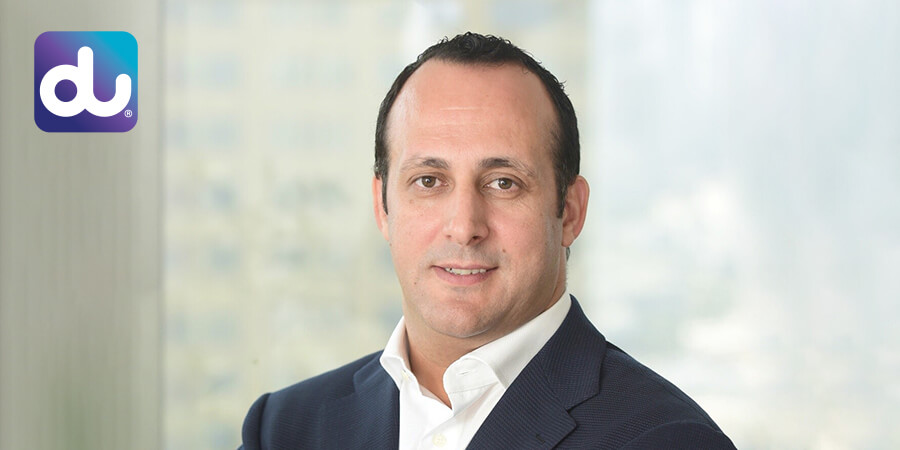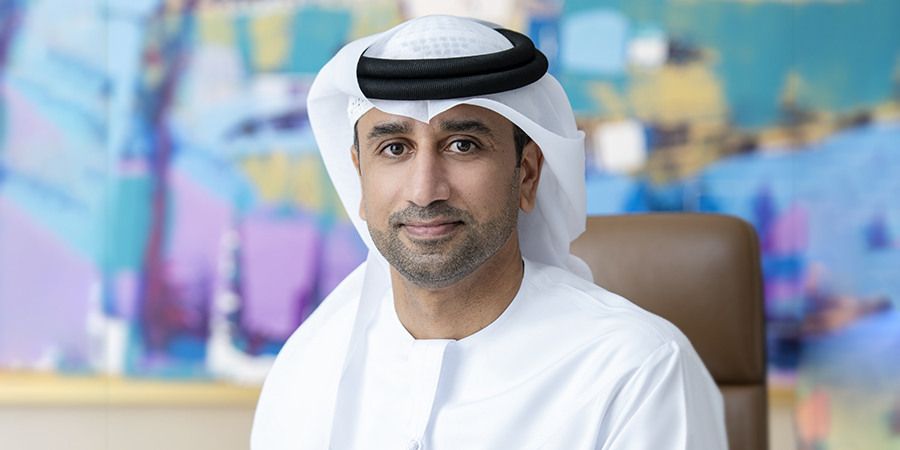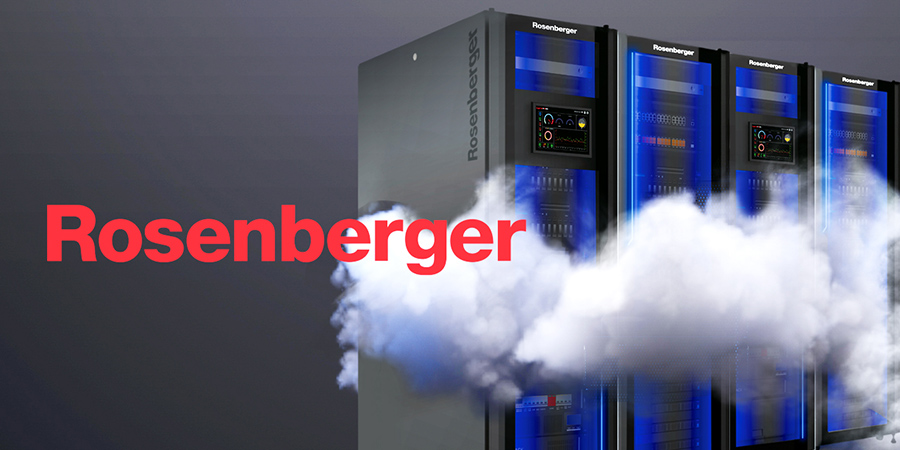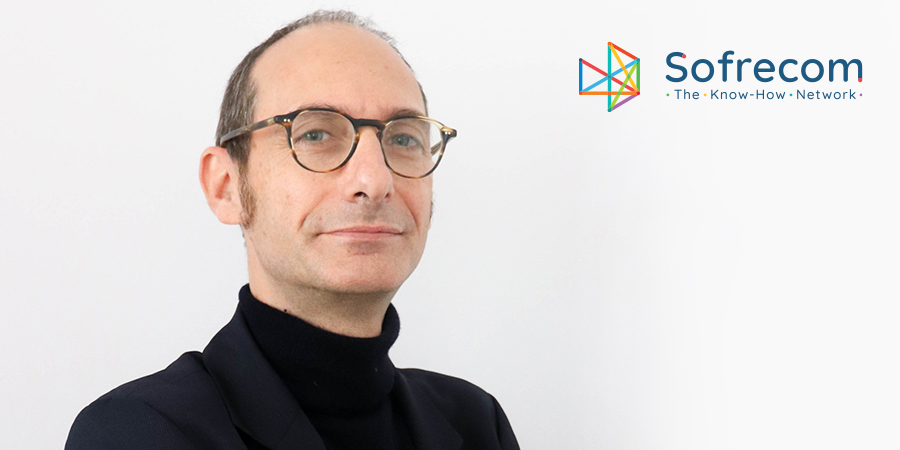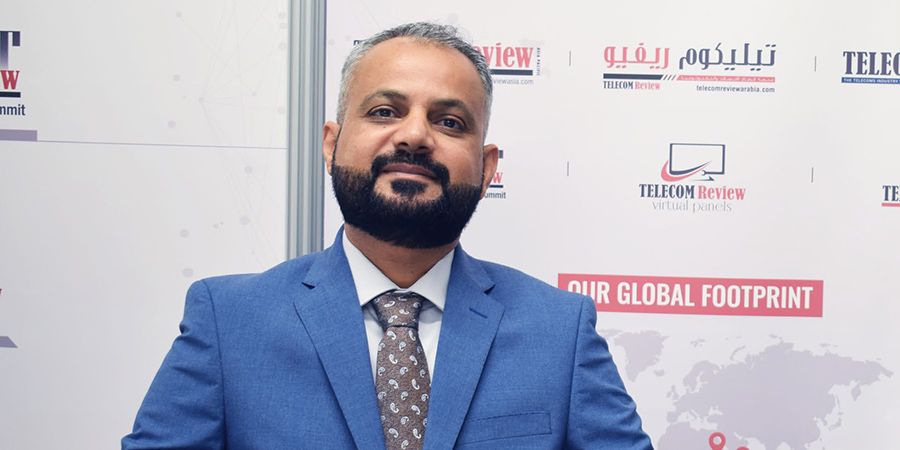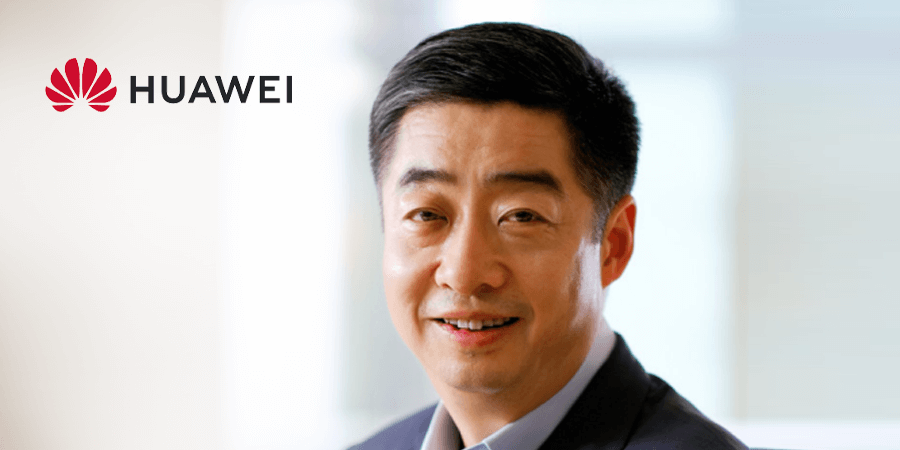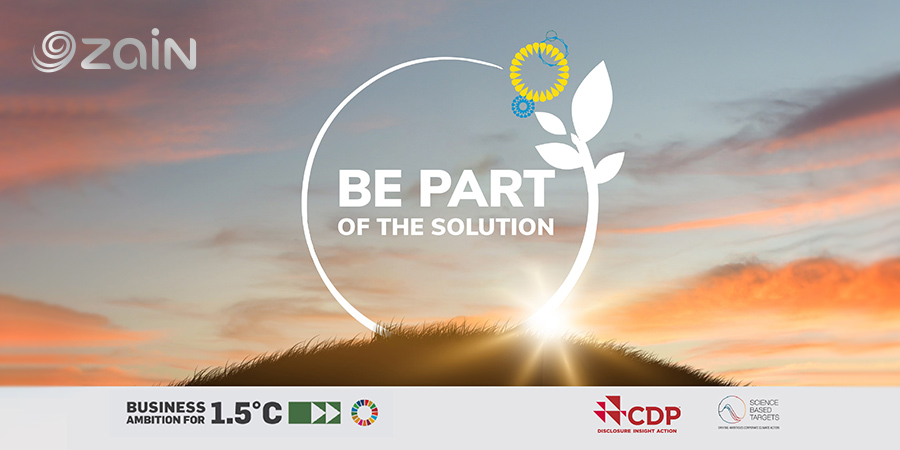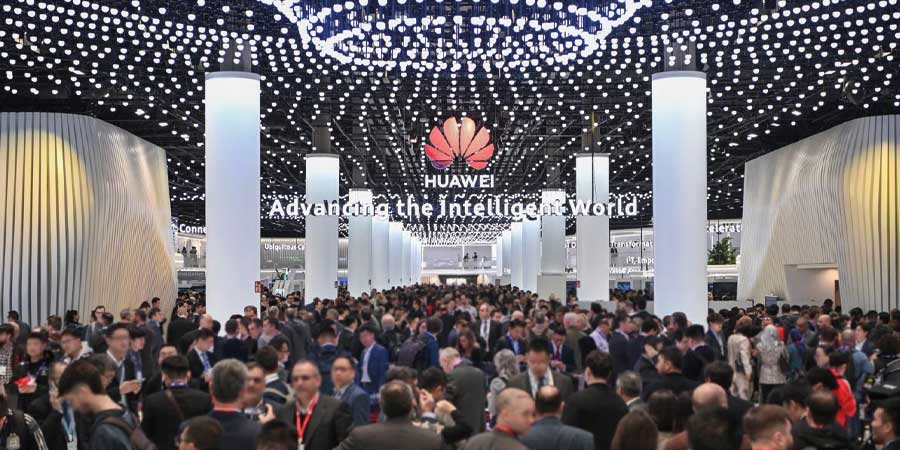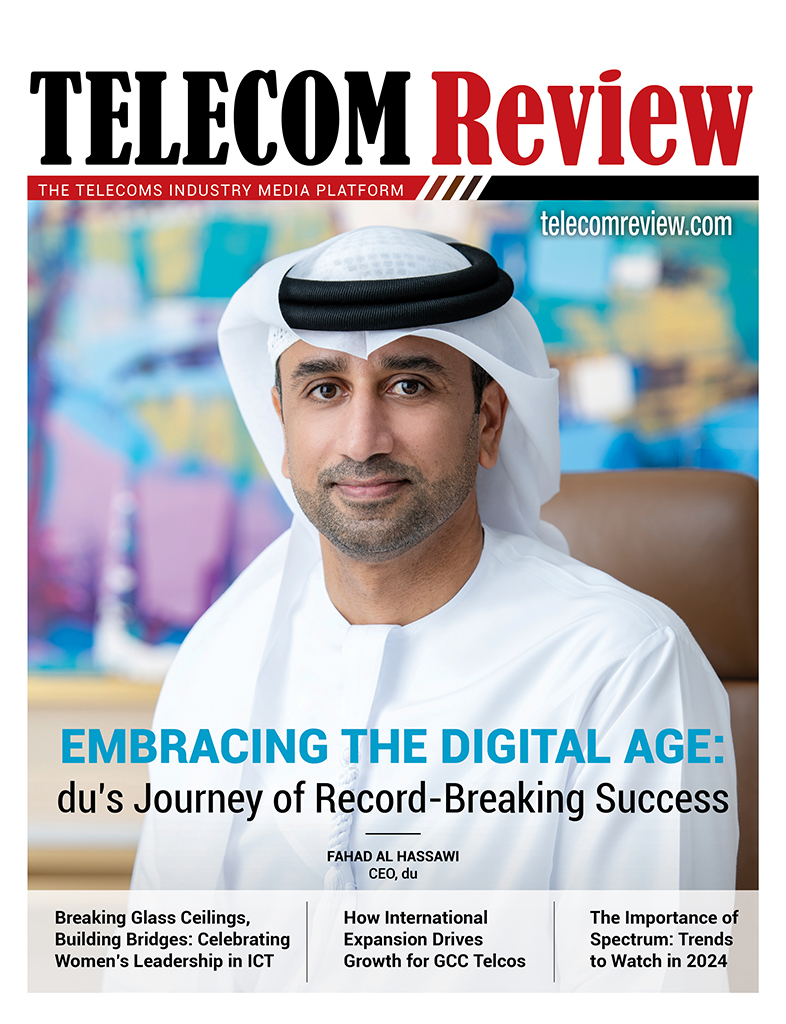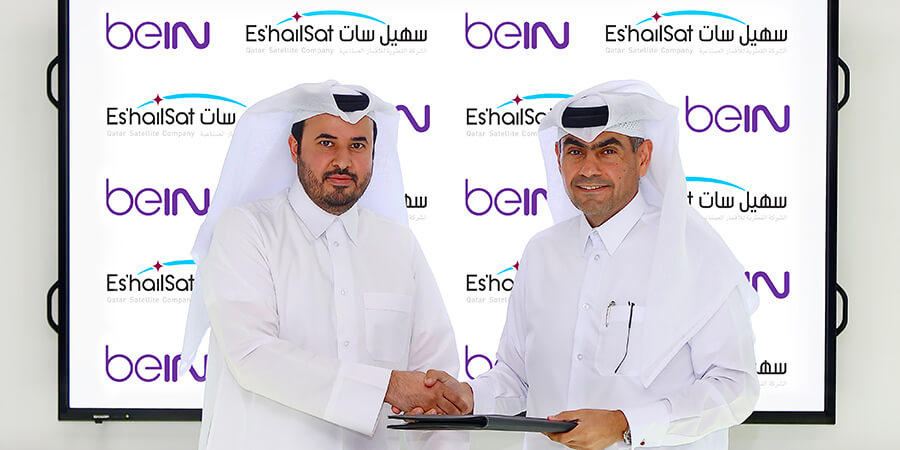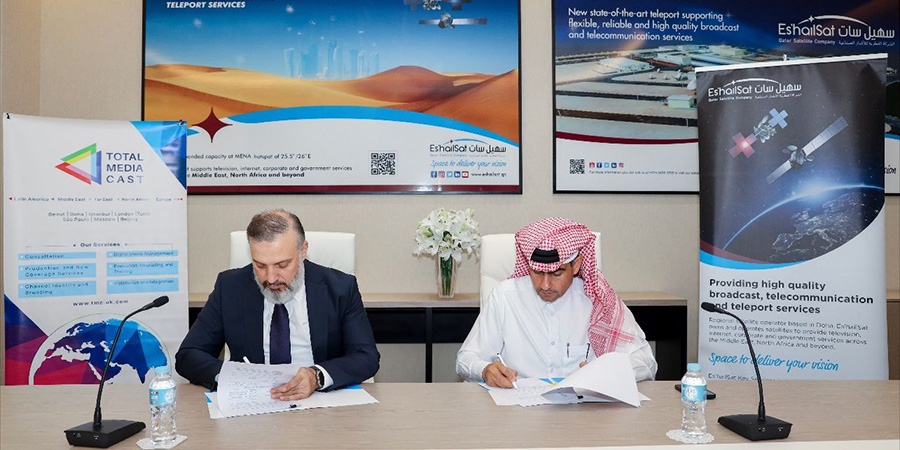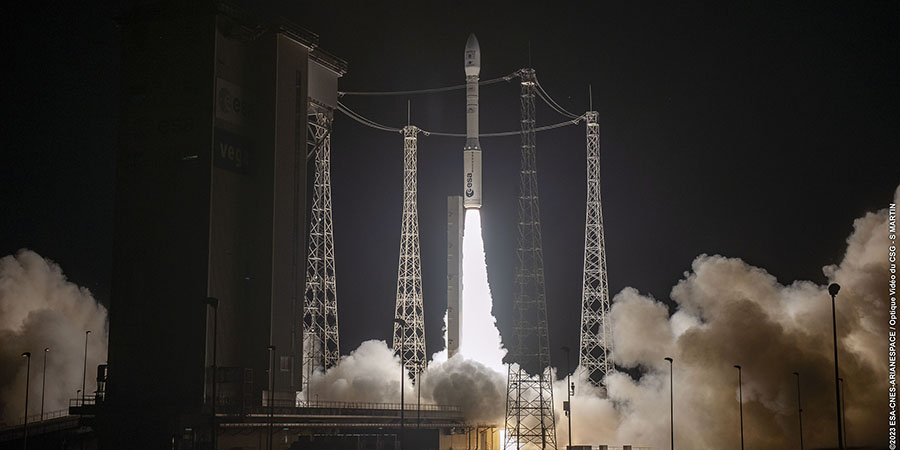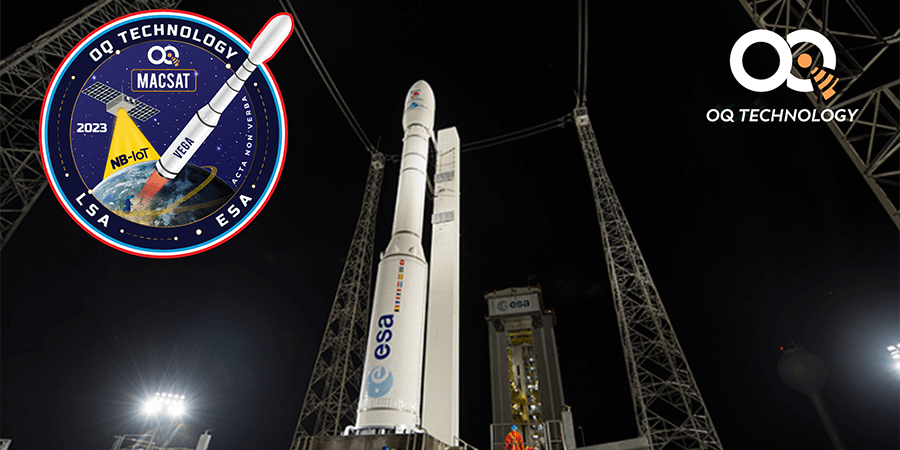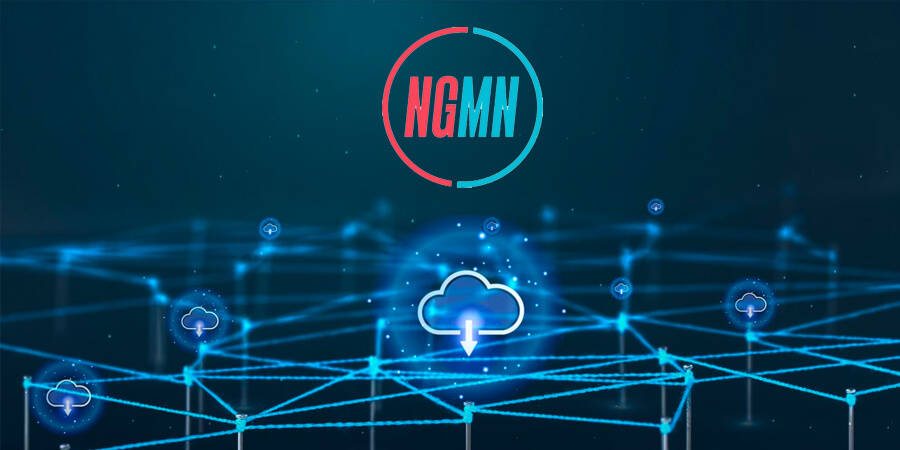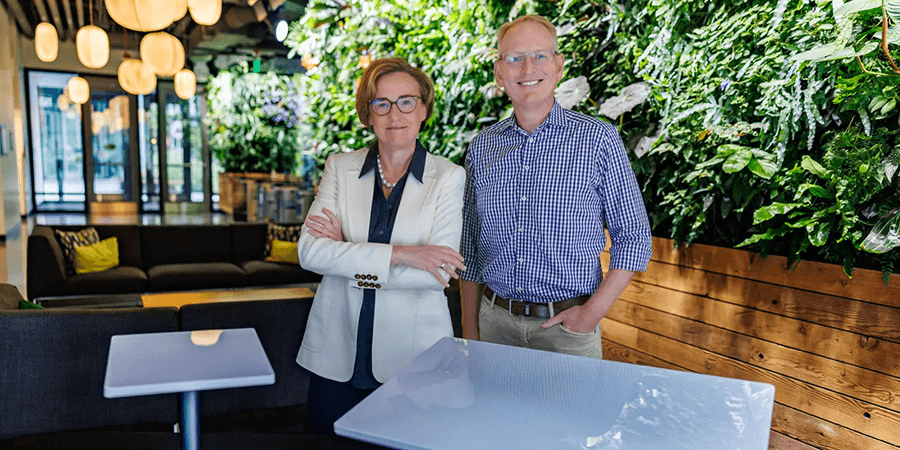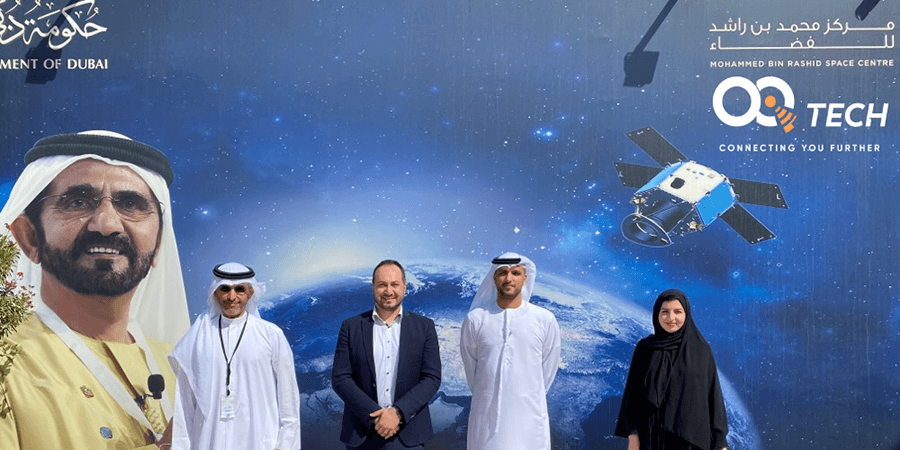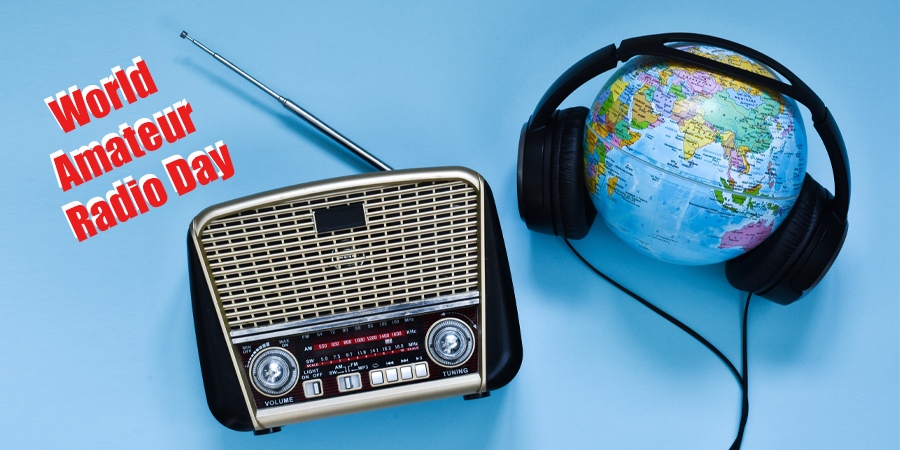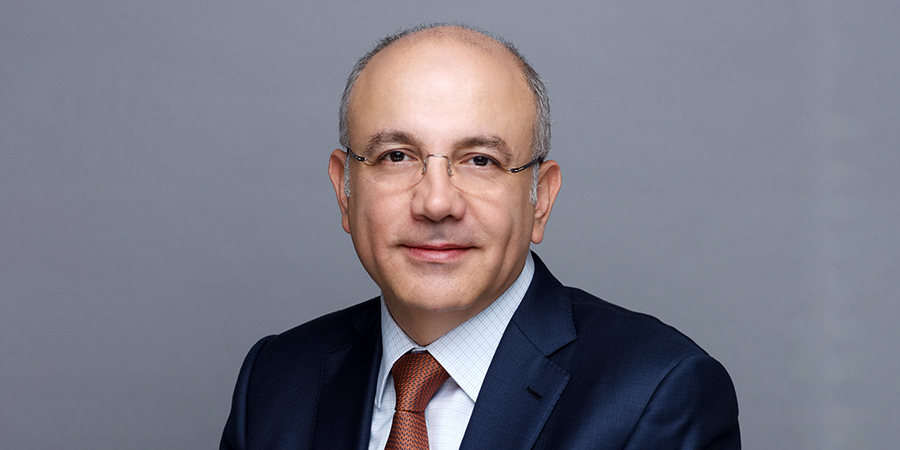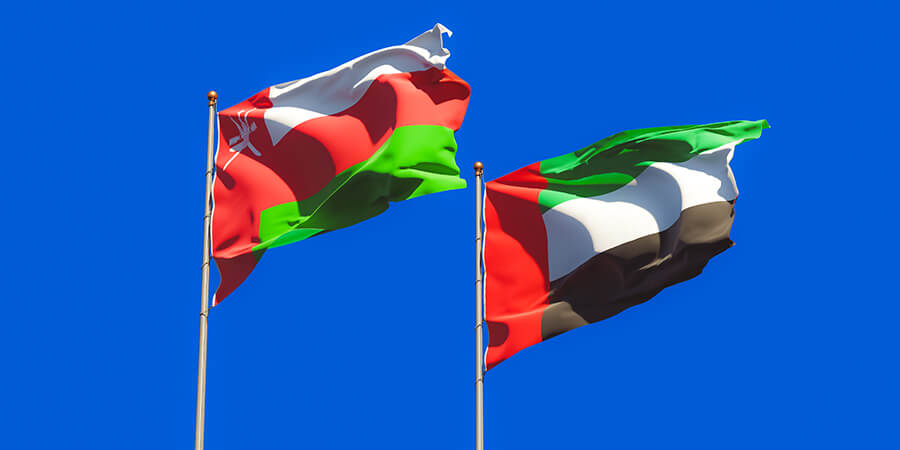Nokia innovation and testing has underlined the flexibility, upgradeability and scalability of its AirScale radio portfolio to adapt to the frequency bands that will deliver the promise of 5G in initial applications of the technology. By proving the ability of AirScale to support both low and high bands, operators will be able to provide wide area coverage and indoor coverage from the first day of 5G operations without the need for complicated network reconfigurations.
5G promises a significant change in connectivity, delivering lower latency, enhanced spectral efficiency and greater energy efficiency both for networks and devices. The range of applications enabled by 5G - from multiple access needs in a sports stadium and improving connectivity in dense urban environments, to enabling 'Industry 4.0' applications and fixed wireless access - will require high-band frequencies (millimeter wave and centimeter wave) as well as the evolution of existing low-band frequencies.
At this week's 5G World Summit in London, Nokia will showcase how AirScale - a key component of its 5G FIRST solution - can leverage Nokia Flexi RF units already deployed by operators, ensuring that their existing investment in radio technology is protected, while preparing them for the path to 5G. Nokia will outline the use of different spectrum bands - from sub-1GHz to millimeter waves - to meet expectations for depth of coverage as well as higher capacity and data rates promised by 5G.
5G applications, such as connecting IoT devices as well as penetration of indoor environments as well as coverage over large areas, require low-band frequencies. The ability to utilize these bands has recently been verified in tests at Nokia's 5G labs in Finland, and included the 700 MHz, 800 MHz and 850 MHz frequencies.
Harold Graham, head of Nokia's 5G Business Line, said: "Enabling operators to leverage their existing assets allows them to accelerate the rollout of 5G into lower frequency bands as cost effectively as possible. This approach gives them the ability to address new revenue opportunities across multiple industries."



